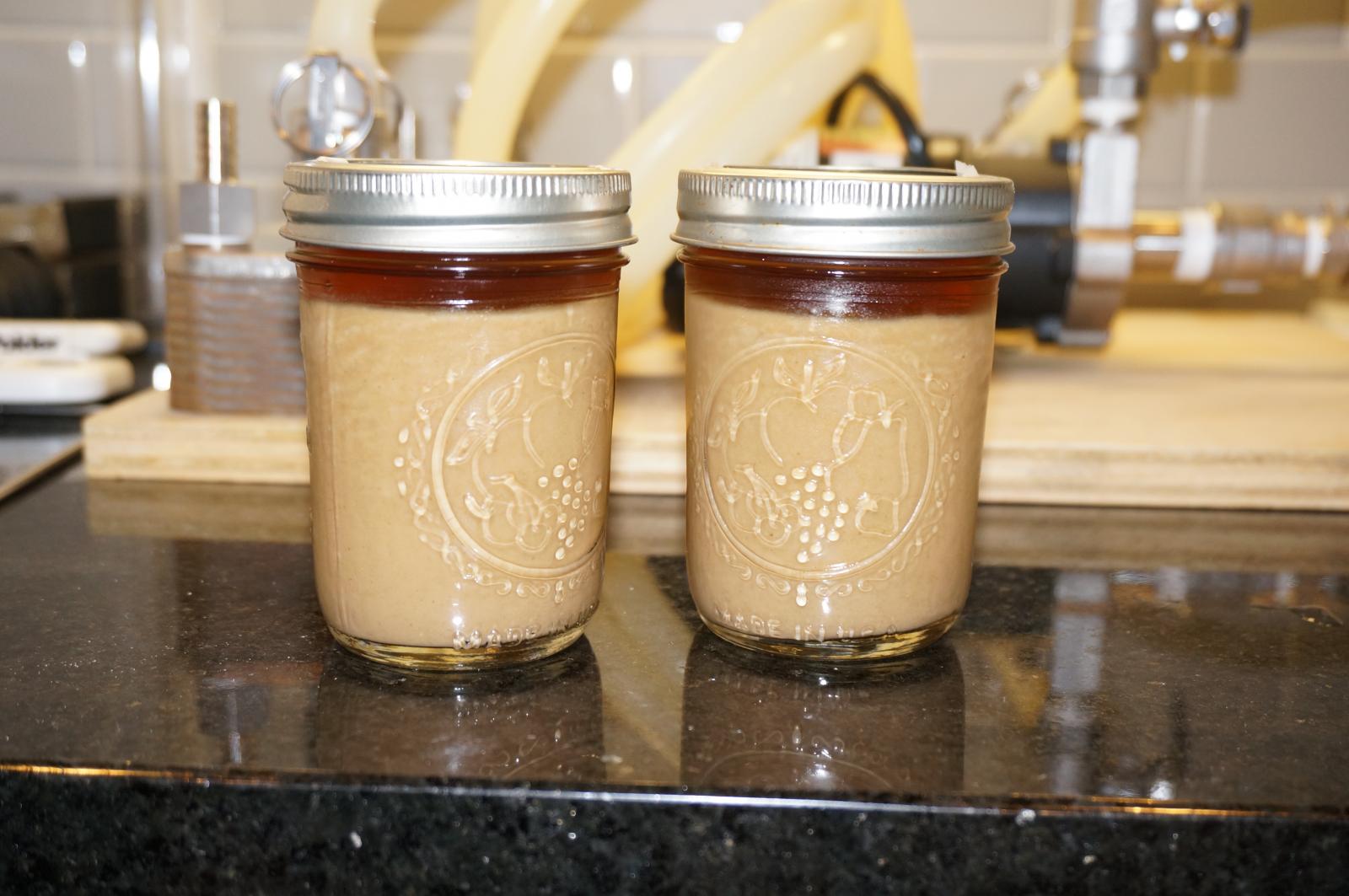From everything I have read, with dry yeast, do NOT make a starter. There is some dye off, but the yeast is dehydrated with the various minerals and such forth that they need for good strong growth. If you make a starter, it actually consumes all of this. Now you CAN make a starter out of it if you need to make a REALLY big beer, but since 1 packet of dry yeast is generally enough for 5 gallons at 1.05-1.06OG range if rehydrated first, you'd need to make a pretty big starter to better this. There are a lot more cells in dry yeast than in a vial of liquid yeast.
To double cell counts you'd need something like a 2 liter starter with a stir plate for a packet of dry yeast. For liquid yeast, a 1 liter starter with a stir plate roughly doubles the cell counts, because there are fewer cells to start with (very rough numbers).
A 2 liter 1.04OG starter for a packet of dry yeast is probably going to cost you almost as much in DME costs as just getting a 2nd packet of dry yeast and it is certainly a lot less trouble for potentially saving $1-2 in the end.
Liquid yeast has the benefit that there are something like 100 varieties of liquid yeast out there. There are only something like a dozen varieties of dry yeast. I haven't been using liquid yeasts much, but so far with the bit I have, S-05 is still pretty close to my go to for "standard" ales, but for lagers I deffinitely like the liquid yeasts better than either of the dry lager yeasts I've used, not that either are bad.
The other part there is, lagers need so MANY yeast cells, that unless you are making a small lager, like a 1.05OG lager and 2-3 gallons of it, you really need at least 2 or 3 packets of dry yeast (or making 5 gallons of a BIG lager, like a 1.08OG IPL or a 1.1 Imperial Pilsner or something where you might need 3-4 packets) it almost just makes sense to go liquid, as you are going to need a BUNCH of whatever you are pitching, so either several dry yeast packets (which adds up) or stepping up a liquid yeast culture a couple of times you might as well go in for the extra variety of the liquid yeast.
One way I've found to rehydrate liquid yeast that seems to be "the best" is to sanitize my 1l flask quick, then toss the yeast packet in there with the bit of warm water (I usually boil it, pour it in and then let it cool to the right temp range), swirl it up some and wait 15-20 minutes. I then take my sanitized 1/2 cup measure and pour half a cup of wort in to the flask, swirl it around and then dump it in to my carboy.
If I rehydrate in a bowl or what not, I tend to get sticky yeast that won't come off, even if I pour a little wort in to the bowl to thin it. Being able to reall swish and swirl everything in the flask "dissolves" the yeast in to the wort mix soooo much better. Otherwise it seems like I easily lose a good 20% of my yeast to being stuck to the bowl.
 Does it make sense to make a starter for all my batches, even a smaller beer? I mean is there any downside I did not notice?
Does it make sense to make a starter for all my batches, even a smaller beer? I mean is there any downside I did not notice?




















































![Craft A Brew - Safale S-04 Dry Yeast - Fermentis - English Ale Dry Yeast - For English and American Ales and Hard Apple Ciders - Ingredients for Home Brewing - Beer Making Supplies - [1 Pack]](https://m.media-amazon.com/images/I/41fVGNh6JfL._SL500_.jpg)




